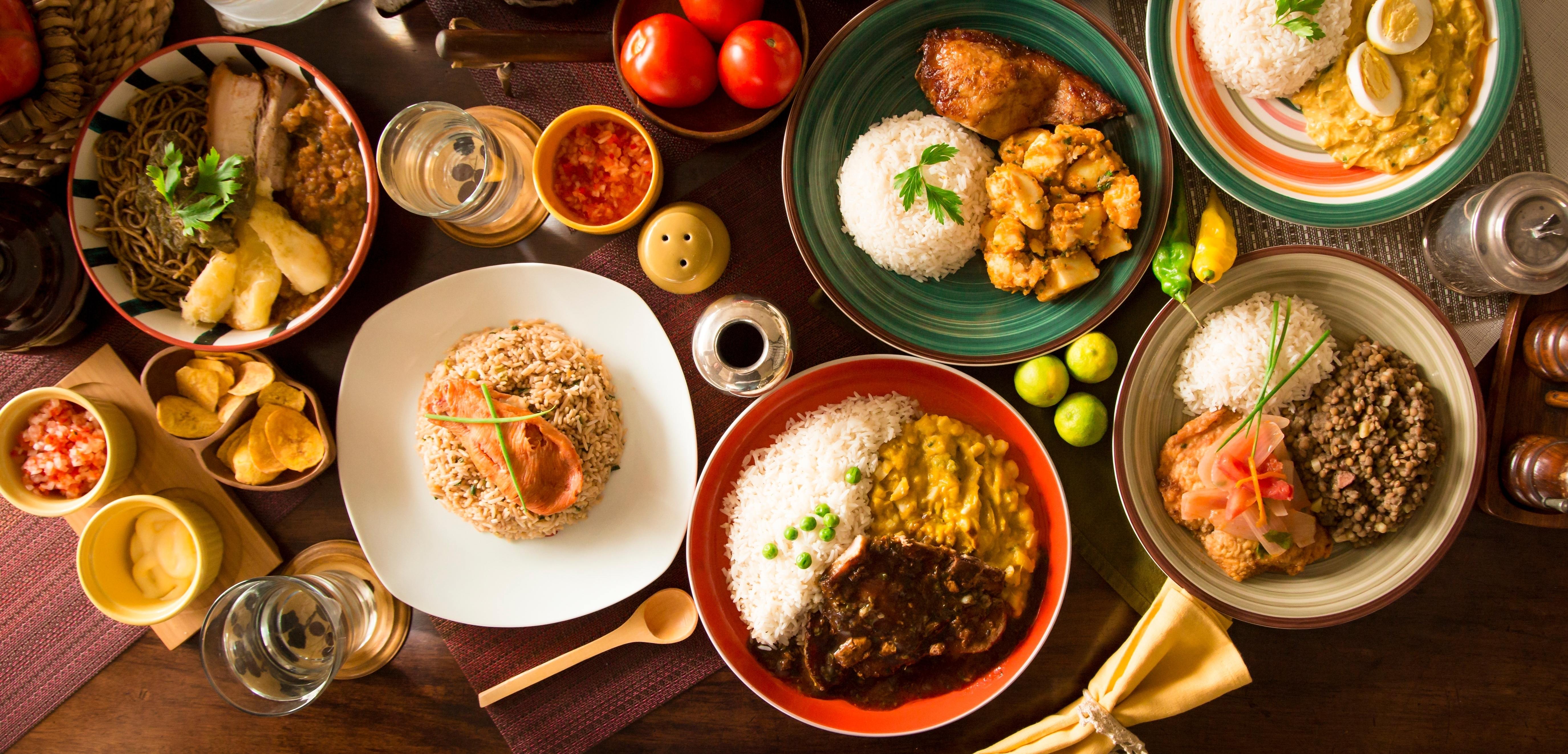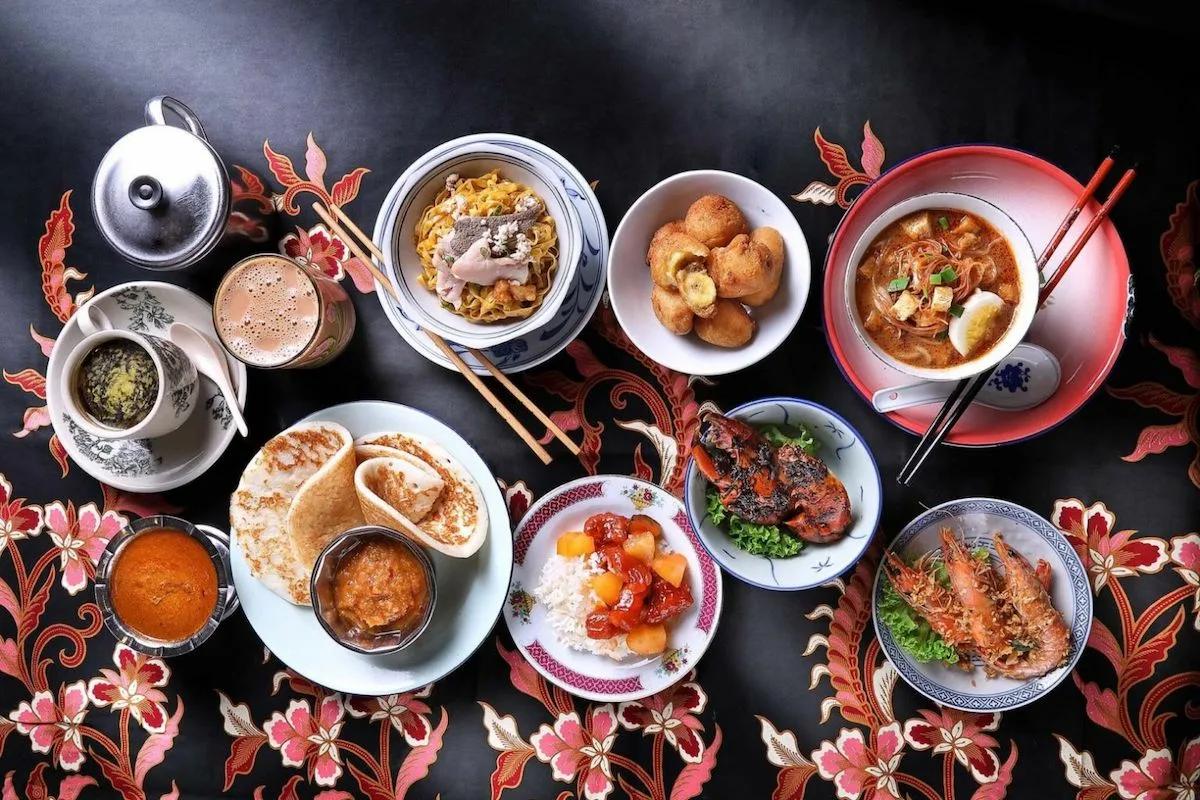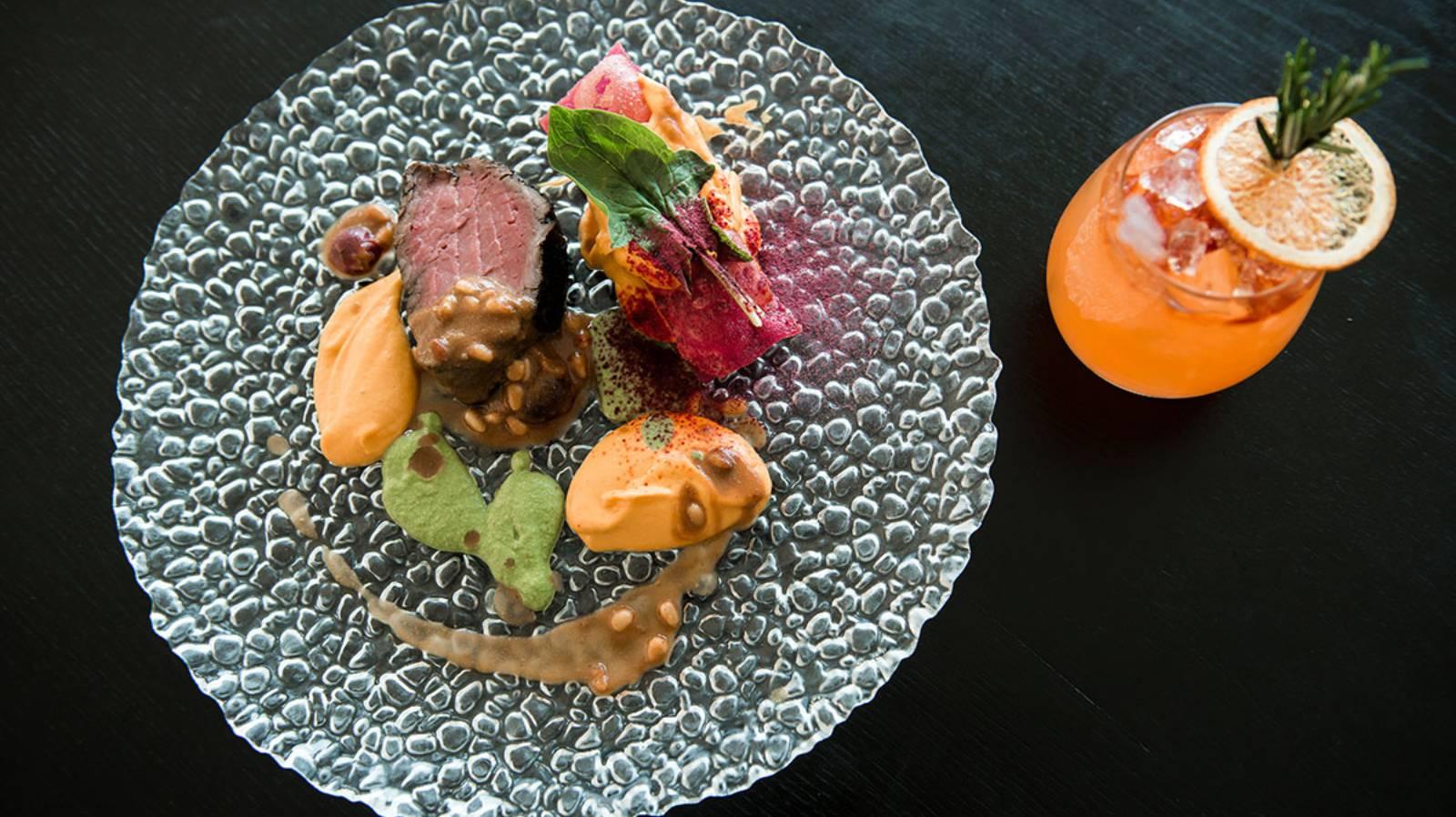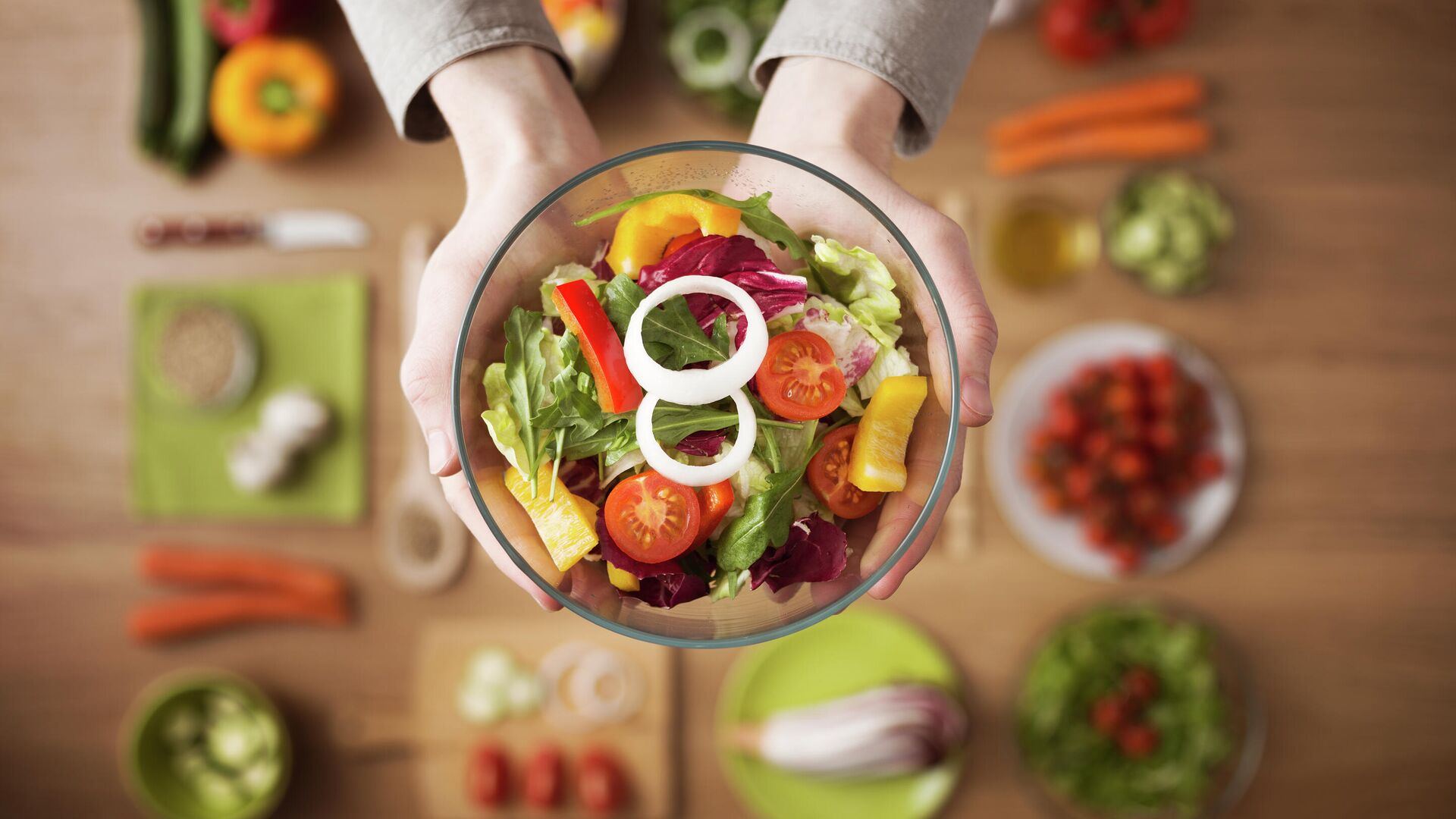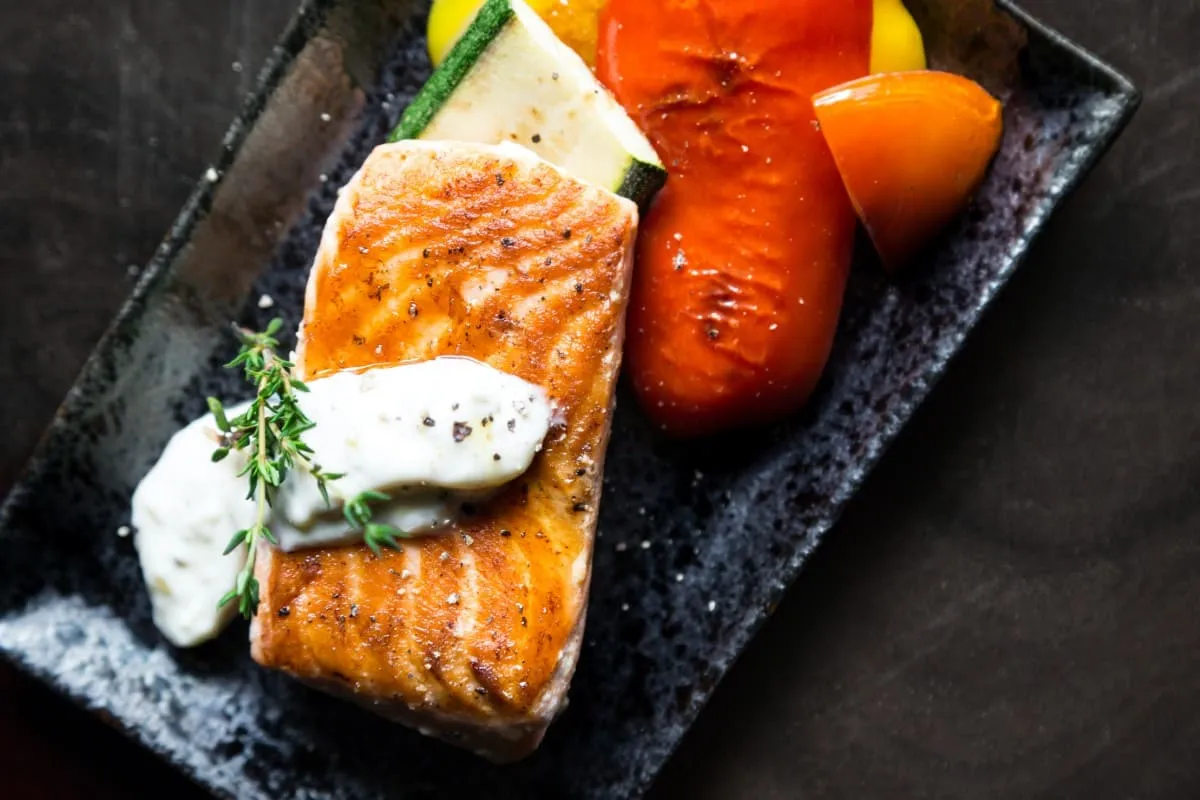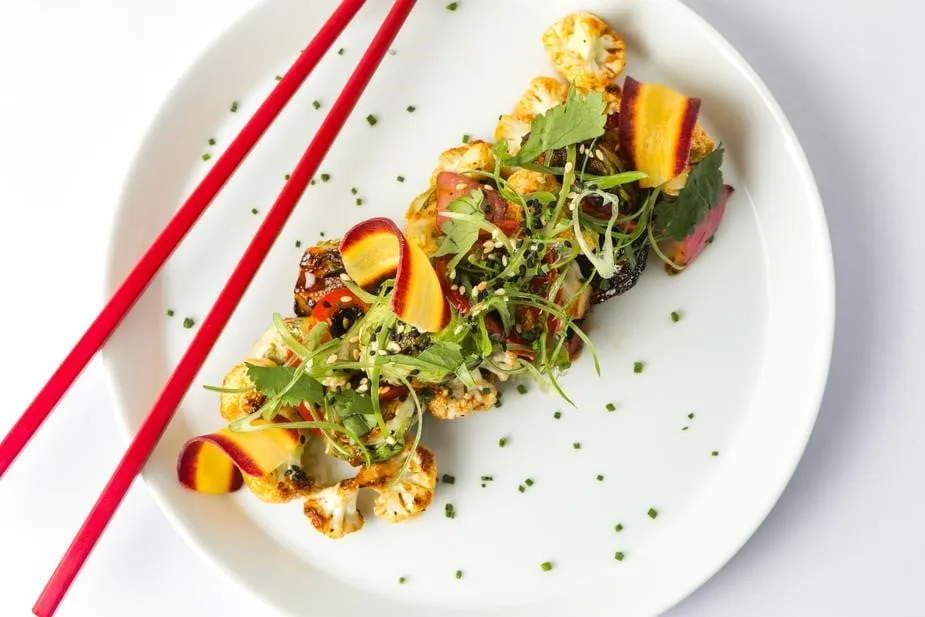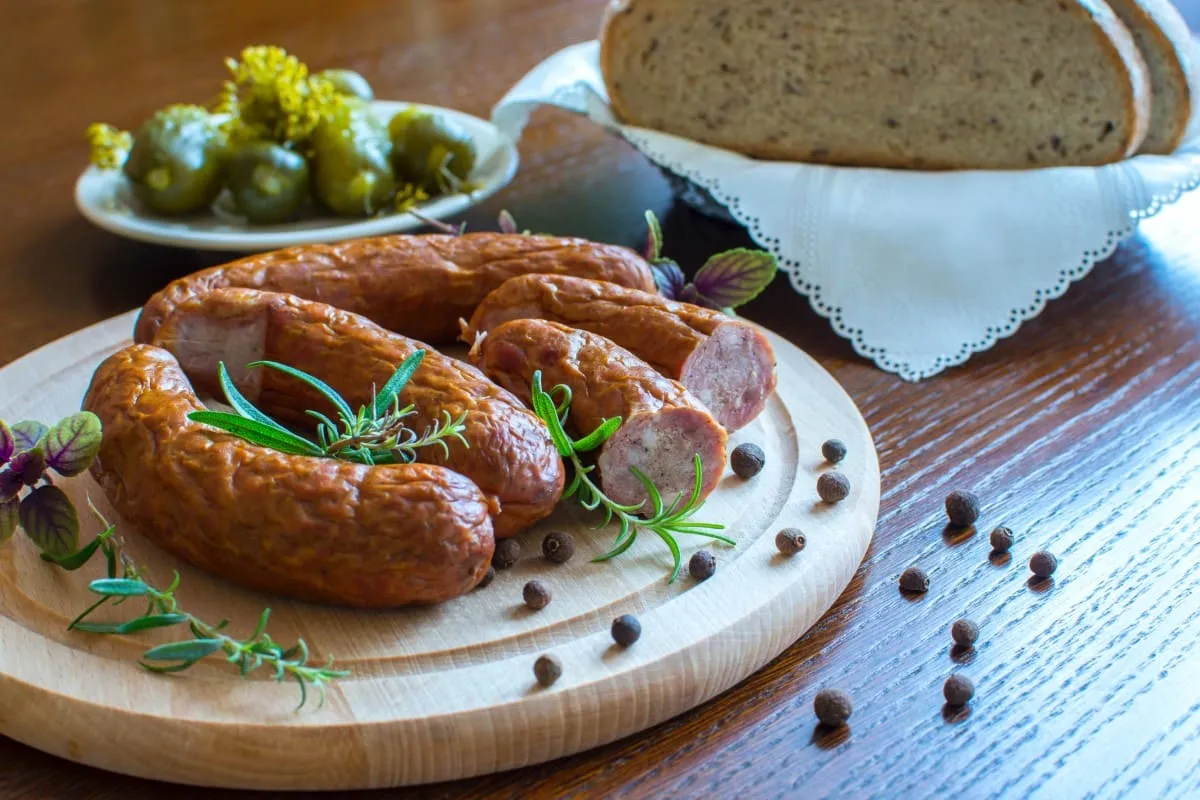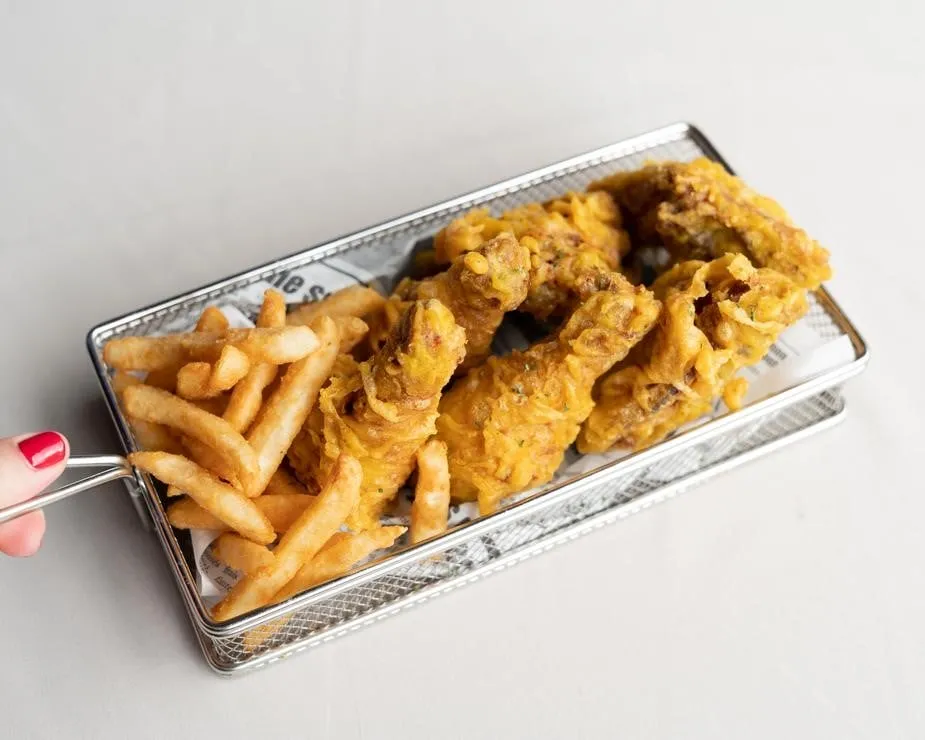The kitchen is not just a set of recipes or culinary techniques. This is a whole world in which history, culture, climate, beliefs and habits of the people are intertwined. Each traditional dish is a reflection of the unique path traveled by the country or region, the story of how people adapted to natural conditions, used available ingredients and passed the secrets of cooking from generation to generation.
Traveling around the world through gastronomy is an opportunity to touch the spiritual and cultural essence of different countries. Having discovered dishes of peoples for themselves, you can understand why spices are appreciated in some regions, in others - simplicity and satisfaction, and thirdly - sophistication and sophistication.
In this article, we will plunge into the world of traditional dishes, learn their stories, discover recipes and analyze the cultural context that makes each treat special.
Italy - pasta and pizza as symbols of the country
History and cultural meaning
Italian cuisine is the embodiment of passion for food and respect for the ingredients. Pasta and pizza became real symbols of Italy, although their history goes far beyond the borders of the Apennine Peninsula. Pasta, in the form in which we know it, appeared in the Middle Ages, but the pasta -like products have been known since the time of ancient China. Pizza, in turn, was born in Naples in the 18th century as food for the poor - a cake with tomatoes, olive oil and herbs.
Today, these dishes are an integral part of the cultural identity of Italy. They unite people at a large table and are the visiting card of the country around the world.
Recipe - carbonar paste
Ingredients:
- Spaghetti - 400 g
- Yellow - 4 pcs.
- Parmesan - 100 g
- Guanchiala (or bacon) - 150 g
- Salt, pepper - to taste
Preparation:
- Boil spaghetti to state Al dente .
- Fry the chopped guanchiala until golden crust.
- Mix yolks with grated parmesan and pepper.
- Combine the paste with guanchiala, remove from heat and quickly interfere with the egg-saturated mixture.
- Serve immediately, decorating with fresh pepper.
Japan - the art of sushi
History and cultural context
Sushi are known today all over the world, but their story began as a way of preserving fish. In ancient times, fish were salted and fermented in rice to preserve it for months. Over time, this technique was transformed into a modern look: fresh fish, rice with vinegar and nori.
In Japan, sushi is not just food, but an art that requires many years of training. The real master of sushi knows hundreds of fish species, the subtleties of their cutting and combinations.
Recipe - Nigiri with salmon
Ingredients:
- Fresh salmon fillet - 200 g
- Sushi rice - 250 g
- Rice vinegar - 3 tbsp. l.
- Sugar - 1 tbsp. l.
- Salt - 1 tsp.
Preparation:
- Boil rice, season with a mixture of vinegar, sugar and salt.
- Cut the salmon with thin slices.
- Form oval pieces of rice and put salmon on top.
- Serve with Basabi and soy sauce.
Mexico - this is the energy of the streets
History and cultural meaning
Mexican cuisine is a mixture of indigenous traditions and Spanish influence. Such, perhaps, one of the most famous dishes, was born like a simple street food: a cup of corn flour with meat, vegetables and sauce.
Such is a symbol of openness and hospitality. It can be found in small street stalls and in prestigious restaurants.
Recipe - classic with beef
Ingredients:
- Tortillas - 6 pcs.
- Beef - 300 g
- Onions - 1 pc.
- Chile pepper - 1 pc.
- Tomatoes - 2 pcs.
- Lime, cilantro, salt, pepper - to taste
Preparation:
- Fry the beef with onions and chili pepper.
- Add chopped tomatoes and simmer for 5 minutes.
- Put the filling on the tortil, decorate with a cilantro and sprinkle with lime.
India - Curry as a philosophy of taste
History and cultural context
Indian cuisine is known for the abundance of spices and complex combinations of tastes. Curry is not one dish, but a whole preparation philosophy, where each family has its own secret set of spices ( Masala ).
Curry unites the Indians at a common table, and its aroma and taste symbolize the wealth and diversity of the country's culture.
Recipe - Curry Curric
Ingredients:
- Chicken fillet - 500 g
- Onions - 1 pc.
- Garlic - 2 cloves
- Ginger - 20 g
- Pasta Curry - 2 tbsp. l.
- Coconut milk - 400 ml
Preparation:
- Fry onions, garlic and ginger.
- Add carry paste and warm it to open the aroma.
- Put the chicken, fry, pour in coconut milk and simmer for 20 minutes.
France - high kitchen and comfort of villages
History and cultural context
French cuisine is a combination of sophisticated techniques and respect for rural traditions. From the exquisite desserts of Paris to a simple but hearty rustic stew - all this is France.
One of the iconic dishes is COK-O-WIN - A rooster in wine, a symbol of the French ability to turn simple products into a gastronomic miracle.
Recipe-COK-O-WIN
Ingredients:
- Chicken - 1.5 kg
- Red wine - 750 ml
- Onions, carrots, celery - 1 pc.
- Garlic - 3 cloves
- Champignons - 200 g
Preparation:
- Grind chicken in wine with vegetables at night.
- Fry the chicken, then vegetables.
- Return the meat into the pan, pour in the marinade and simmer until soft.
Morocco - spicy tag
History and cultural context
Moroccan cuisine is a journey into the world of aromas. Tacin - a traditional dish, preparing in a clay dish with a conical lid, absorbs the aromas of spices, dried fruits and fresh herbs.
Tishin is not only food, but also a way of slow, thoughtful preparation, which symbolizes the leisurely rhythm of life.
Recipe - Tagin with lamb and dried apricots
Ingredients:
- Lamb - 700 g
- Onions - 1 pc.
- Carrots - 2 pcs.
- Kuraga - 100 g
- Spices: cinnamon, turmeric, caraway
Preparation:
- Fry meat with onions and spices.
- Add carrots, dried apricots and a little water.
- Tash on low heat for 1.5–2 hours.
Completion
Traditional dishes are much more than just food. These are living bearers of history, cultural values and human stories. In each recipe - an imprint of time, in every aroma - the spirit of the people, in every tradition - the memory of generations.
Studying the kitchens of different countries, we do not just try new tastes, we learn to understand the world, its diversity and wealth. After all, food unites - it is able to connect different cultures at the same table, destroy barriers and build bridges between people. Traveling through tastes, we become closer to each other and to the world itself.

